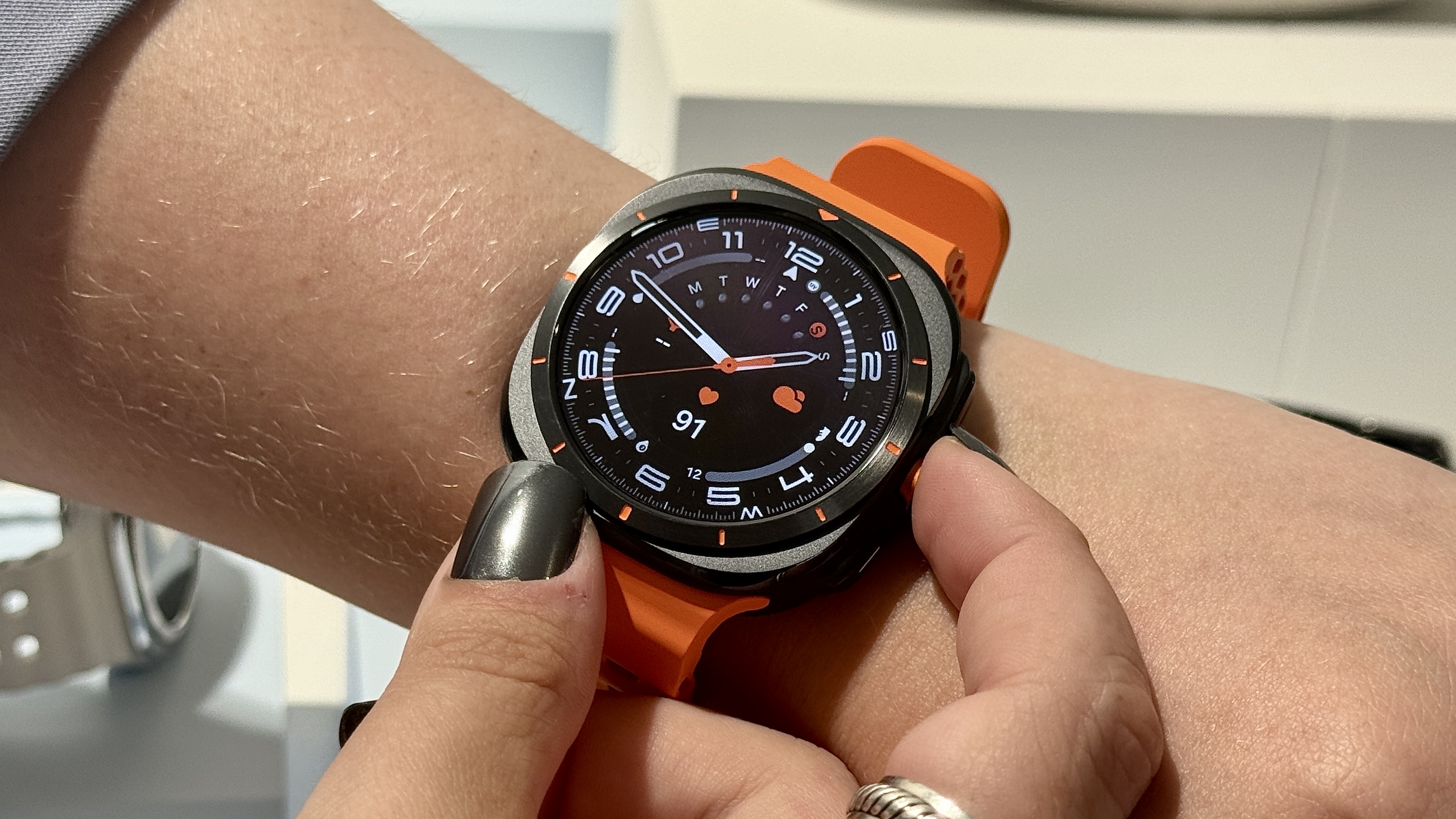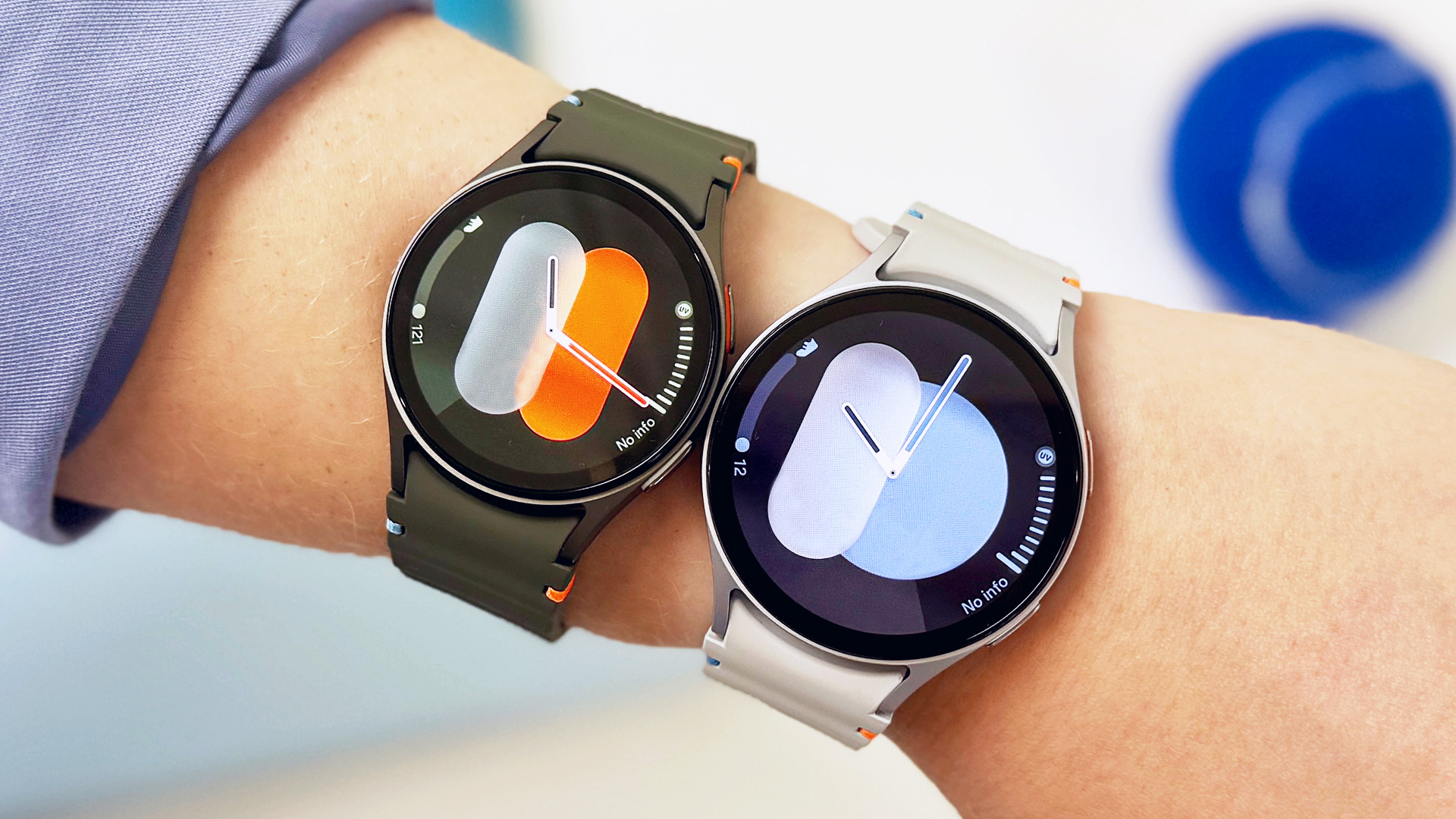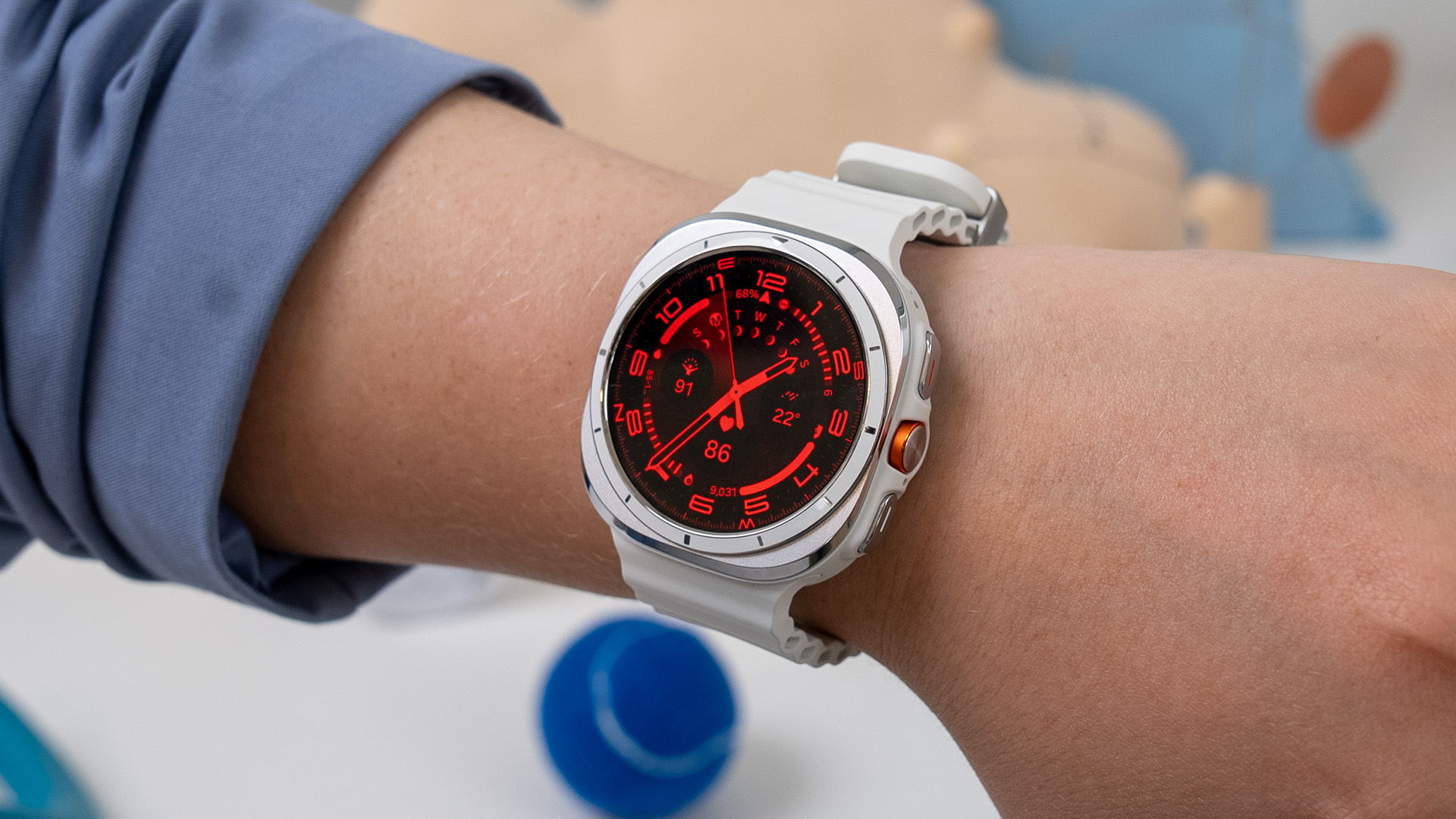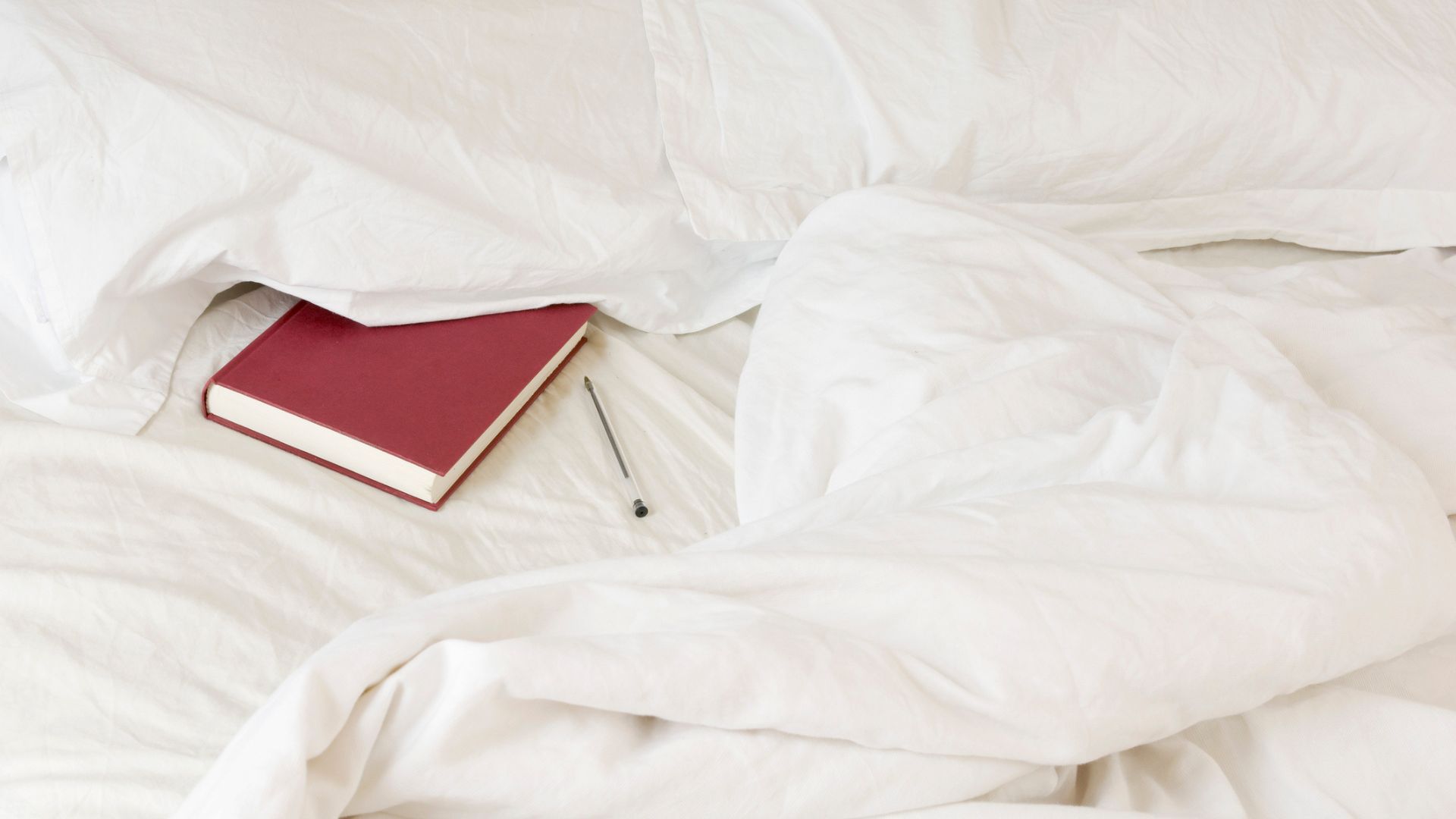Galaxy Watch Ultra joins Samsung’s lineup as a rugged Galaxy Watch 7 alternative
The Galaxy Watch 7 gets new AI-back wellness tech but sports the same old design

With Samsung Unpacked underway, we now know that the Android faithful have two shiny new smartwatches to consider. The Samsung Galaxy Watch 7 is an iterative update of the Galaxy Watch 6, with better health and fitness monitoring tech and smarts, faster processing, better GPS connectivity and double the storage capacity.
The new Samsung Galaxy Watch Ulta, meanwhile, is a premium model meant to compete toe-to-toe with the Apple Watch Ultra series. And, in many ways, it does, at least on paper. Sporting a square case with a round screen, the Ultra boasts an all-titanium build, 100 meters of water resistance, multisport fitness tracking and advanced workout insights.

Both devices also benefit from the inclusion of Samsung’s latest BioActive health sensor and a range of nifty AI-backed features. Here’s everything you need to know about the new Samsung Galaxy Watch 7 and Galaxy Watch Ultra.
Samsung Galaxy Watch 7 and Galaxy Watch Ultra: Price and availability
The Galaxy Watch 7 starts at $299.99 for the smaller 40mm model and jumps to $329.99 for the larger 44mm, both Bluetooth-only. Add $50 to each for LTE connectivity.
The Galaxy Watch Ultra starts at $649.99 for the Bluetooth-only variant, which is notably cheaper than the Apple Watch Ultra 2 launch price by $150. LTE is again, another $50.
The smaller Galaxy Watch 7 model comes in both Green and Cream while the larger version is available in Green and Silver. The Watch Ultra is offered in Silver, White or Grey. U.S. preorder on all models open today (July 10) with availability expected for July 24.
Samsung Galaxy Watch 7 – key features

The Galaxy Watch 7 looks identical to the Galaxy Watch 6 in terms of design but Samsung doubled down on the wellness features. Pricing is also consistent with the previous generation. Oh, and there's no Galaxy Watch 7 Classic model with a rotating bezel, sadly.
Sign up to get the BEST of Tom's Guide direct to your inbox.
Get instant access to breaking news, the hottest reviews, great deals and helpful tips.
Battery capacity is also unchanged from the 6, however, the Galaxy Watch 7 sports a new processor that's three times faster than the previous generation and 30% more power efficient. Samsung doesn't quote a battery life spec for the Ultra, but we've confirmed that the Watch 7 should last up to 40 hours , the same as the Watch 6.
Storage jumps from 16GB to 32GB and the GPS antenna is now dual-band which should improve location tracking accuracy in urban areas. The Galaxy Watch 7 and Ultra are also the first two smartwatches to ship running the latest Wear OS 5 operating system.
The updated BioActive health sensor and increased processing power allow for new health monitoring and fitness tracking tools. The Galaxy Watch 7 and Ultra both boast improved sleep tracking underpinned by AI.
Your Sleep Scores now take into account factors like movement and sleep latency (or the time it takes to fully fall asleep). Plus, earlier this year, Samsung received FDA authorization for its sleep apnea detection feature, which is available on the Watch 7 (in supported markets).

Thanks to the new BioActive Sensor, the Galaxy Watch 7 also lets you track your advanced glycation end products (AGEs) via the AGE Index. This score predicts a user's actual biological age based on health data, along with diet and lifestyle factors. It’s extremely useful for understanding your overall metabolic health and can potentially let you know if you’re at risk for heart disease and other conditions.
Like its predecessor, the Galaxy Watch 7 also offers insights into body composition, high and low heart rate monitoring, notifications for irregular heart rhythms and on-the-spot ECG readings.
Other new holistic features include a new daily Energy Score and custom-tailored wellness tips based on the bevy of health data collected. On the fitness side, you can now save custom workout routines involving multiple activities and a new Race feature lets you compare your current performance to past attempts in real time.
Samsung Galaxy Watch Ultra – key features

The Samsung Galaxy Watch Ultra is the more exciting of the two new products and also quite possibly the most intriguing Android smartwatch in recent memory. The sporty 'Cushion Case' is a sizable 47mm, though the watch uses the same 1.5-inch AMOLED screen as the 44mm Galaxy Watch 7 but with a maximum brightness of 3,000 nits for easy viewing in direct sunlight. That’s a match with the Apple Watch Ultra 2.
Made from durable titanium, the Galaxy Watch Ultra boasts 100 meters of water resistance, again, the same as the Apple Watch Ultra line, making it suitable for diving. It’s also IP68-rated against dust, moisture and gunk.
The case has three physical buttons, including an assignable quick button (the orange one in the middle) which can be used to trigger the flashlight, turn on an emergency siren, start recording and workout and more.
The Ultra has the largest capacity battery of any of the new Samsung smartwatches at 590 mAh. By comparison, the 40mm Galaxy Watch 7 has a 300 mAh battery and the 44mm has a 425 mAh battery.
Samsung says that the Ultra should get just over four days of battery life in Power Saving Mode and up to 40 hours in Exercise Power Saving Mode with GPS tracking enabled.

You get the same AI-powered health and wellness features on the Ultra, including Energy Scores, Wellness Tips, improved sleep tracking, AGE Index measurements and sleep apnea detection. The Exynos W1000 processor and 32GB of storage are also a match between the two new Galaxy smartwatches.
However, the Galaxy Watch Ultra is better suited for hardcore athletes and adventurers than 7, and not just because it has double the water resistance. Users can track complex multi-sport activities, like triathlons with the Ultra.
You also get personalized heart rate zones for all activities and cyclists can calculate their Functional Threshold Power (FTP) metrics with relative ease. This number indicates your highest sustainable power output for one straight hour of riding and is a common method for measuring cycling performance.
The Galaxy Watch Ultra is also guaranteed to work in extreme conditions, including up to 500 meters below sea level and up to 9,000 meters in elevation. That's just enough coverage to summit Everest.
Should you buy the new Galaxy Watches?
The new health features, increased storage, faster processing and improved battery efficiency all make the Galaxy Watch 7 feel like a worthy, if modest, update to the Galaxy Watch 6. If wellness insights are a major selling point for you, this model represents a major step forward. Design-wise, though, it’s the same old, same old.
The Samsung Galaxy Watch Ultra, on the other hand, looks pretty damn compelling, both from a design perspective and a features one. I love the inclusion of a customizable button and applaud Samsung for constructing the device to be just as tough as the Apple Watch Ultra 2. The holistic features, though a match with the Galaxy Watch 7, are impressive as well.
For me, the biggest selling point of the Ultra is its battery life, which is on par with the Apple Watch Ultra line and beats the pants off most other Wear OS smartwatches. Is all that enough to justify its $650 price tag? We intend to find out.
More from Tom's Guide

Dan Bracaglia is the Tom’s Guide editorial lead for all things smartwatches, fitness trackers and outdoor gear. With 15 years of experience as a consumer technology journalist testing everything from Oura Rings to instant cameras, Dan is deeply passionate about helping readers save money and make informed purchasing decisions. In the past year alone, Dan has assessed major product releases from the likes of Apple, Garmin, Google, Samsung, Polar and many others.
An avid outdoor adventurer, Dan is based in the U.S. Pacific Northwest where he takes advantage of the beautiful surroundings every chance he gets. A lover of kayaking, hiking, swimming, biking, snowboarding and exploring, he also makes every effort to combine his day job with his passions. When not assessing the sleep tracking and heart rate accuracy of the latest tach gadgets, you can find him photographing Seattle’s vibrant underground music community.
